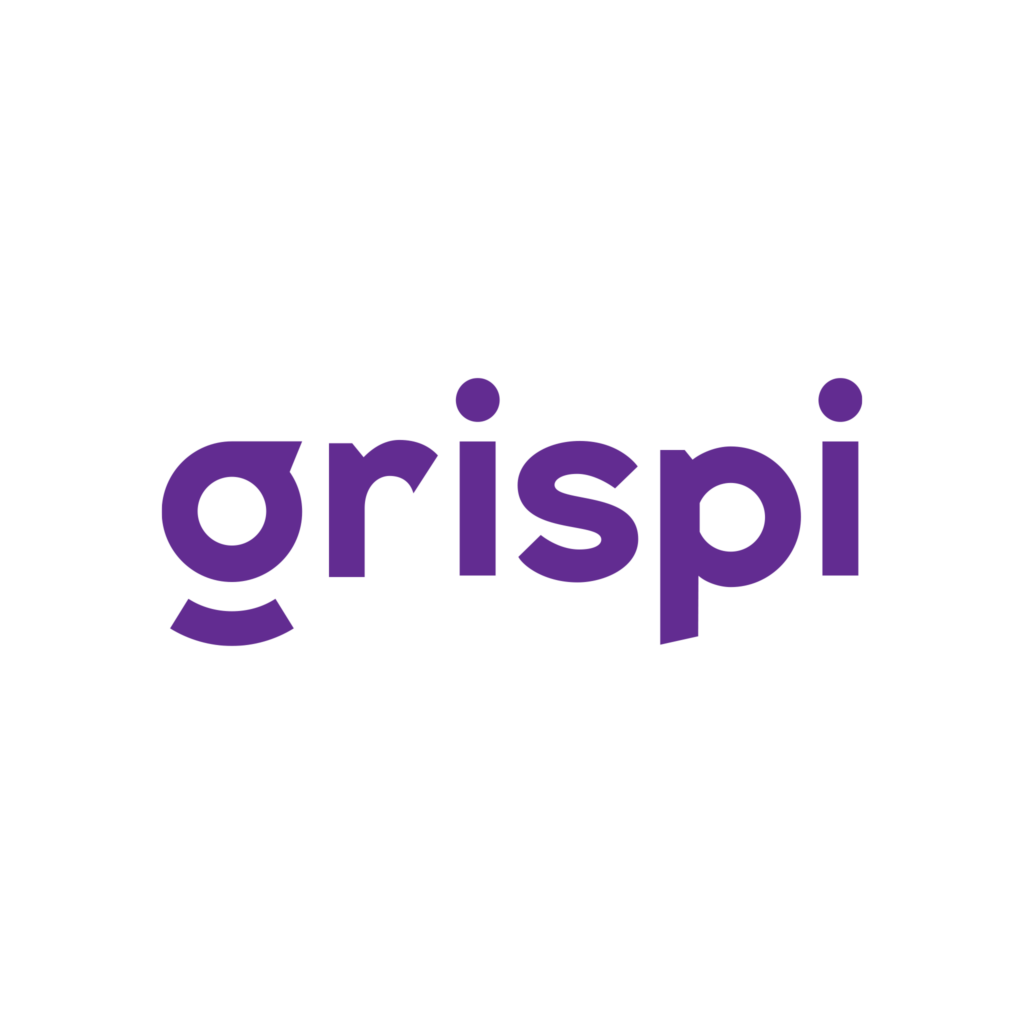7 Metrics and KPIs for Tracking Agent Productivity
- March 10, 2025
Effectively tracking agent performance is critical to both improving the customer experience and increasing operational efficiency. With the right metrics and KPIs, agent performance can be accurately measured, improved, and optimized. In this article, we will take an in-depth look at the 7 most important KPIs for evaluating agent performance.
1. Average Handling Time (AHT)
Average Handling Time (AHT) measures the total time an agent spends handling a customer interaction from start to finish. This metric is a critical indicator for measuring the efficiency of agents and the speed of service provided to customers. AHT is typically composed of the following components:
- Understanding and Responding Time: The time it takes for the agent to identify the root cause of the customer’s problem and offer the most appropriate solution.
- Waiting Time: The time spent by the agent while performing system transactions or consulting other departments
- Tracking and Note Taking: Updating the customer record in the system and recording information that will help resolve similar issues faster in the future.
Why is it Important?
- Optimizing AHT ensures fast and efficient service delivery.
- An excessively low AHT may suggest that customer inquiries are not being addressed thoroughly, whereas a very high AHT may indicate operational inefficiencies.

2. Agent Utilization Rate
This metric measures the percentage of an agent’s working hours spent actively handling customer interactions. That is, how much of their total working time is spent actively answering calls, returning emails or providing chat support. Formulated as:
Agent Utilization Rate (%) = (Total Active Working Time / Total Working Time) x 100
Why is it Important?
- A high utilization rate suggests efficiency, but excessively high rates may lead to agent burnout and reduced performance.
- A very low utilization rate may indicate that capacity is being wasted and the workflow needs to be streamlined.
3. Average Speed of Answer (ASA)
This metric measures the average time it takes for agents to answer a call. It is a key indicator of how long customers wait to receive support.
Why is it Important?
- A low ASA enhances customer satisfaction, whereas a high ASA may result in call abandonment.
- In terms of call center management, it helps to optimize the number of agents and shift scheduling.
- Reducing wait times can significantly enhance the customer experience and foster loyalty.

4. First Response Time (FRT)
FRT measures the time taken to respond to a customer’s initial request. It can be measured across different communication channels such as phone calls, live chats and emails.
Why is it Important?
- Fast first response increases customer satisfaction and trust.
- A slow FRT may contribute to customer churn and higher complaint volumes.
- Improving this time, especially in channels such as live support and e-mail, provides a competitive advantage.
5. Blocked Call Rate
This metric represents the percentage of calls that fail to connect with the customer service system, receive a busy signal, or are automatically rejected. It is an important indicator to assess the capacity and infrastructure of the call center.
Why is it Important?
- A high percentage of blocked calls causes customer dissatisfaction and can increase the churn rate.
- Indicates that call center systems and personnel capacity are inadequate.
- Expanding call center capacity or enhancing self-service options can help mitigate customer churn.

6. Call Abandonment Rate
This metric refers to the rate at which customers hang up their calls while waiting. This can be a major issue for businesses, as long wait times may cause customers to abandon their calls out of frustration.
Why is it Important?
- A high call abandonment rate is a strong indicator of customer dissatisfaction and potential service quality issues.
- Customer losses can be prevented by reducing waiting times and automated return systems.
- It is considered as a critical metric to make staff planning more efficient in the call center.
7. Active Waiting Calls
This metric tracks the number of active calls in the queue that have yet to be answered. It can be tracked in real time and used to increase operational efficiency.
Why is it Important?
- A high number of active calls waiting indicates that customer service does not have sufficient capacity.
- By performing real-time analysis, shift management and call distribution can be optimized.
- Implementing automated response systems and chatbots can help reduce queue lengths and improve response efficiency.
Evaluating agent performance is essential for enhancing service quality and maximizing operational efficiency. The 7 KPIs mentioned above provide critical data to develop the right strategies and maximize customer satisfaction. With effective tracking and analysis of these metrics, businesses can deliver a more efficient customer experience.
Grispi’s advanced analytics and reporting tools allow you to effectively monitor your call center team’s performance with ease. Contact us today to try Grispi free for 14 days and experience seamless call center management.
Contact us
Fill out the form for detailed information and demo account, let us call you.
